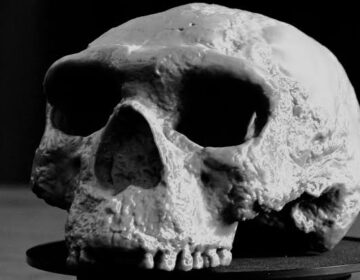Scientists propose that gravitational waves shaped the universe. Their model challenges inflation theory.
How exactly did the universe start, and how did these processes determine its formation and evolution?
Researchers from Spain and Italy introduced a new model to explain what happened immediately after the universe’s birth. Their work has the potential to question long-accepted ideas about the universe’s earliest moments and how those events influenced its later evolution.
To investigate, the team ran a series of computer simulations designed to test alternatives to the “inflation” theory, which proposes that the universe underwent a rapid expansion during the first fraction of a second after it formed.
According to the inflation model, multiple factors must align to make such an expansion possible, making it a complex and still-debated explanation.
A new role for gravitational waves
The researchers instead suggest that gravitational waves, a phenomenon predicted by general relativity, could account for the formation of the universe and everything within it, from galaxies and stars to planets and life itself.
They place these waves within the framework of De Sitter space, a mathematical model named after Dutch mathematician Willem De Sitter, who collaborated with Albert Einstein in the 1920s to explore the structure of the cosmos.
“For decades, we have tried to understand the early moments of the Universe using models based on elements we have never observed”, said Dr. Raúl Jiménez, who studies experimental sciences & mathematics at ICREA in Spain and is a co-author on the study.
“What makes this proposal exciting is its simplicity and verifiability. We are not adding speculative elements but rather demonstrating that gravity and quantum mechanics may be sufficient to explain how the structure of the cosmos came into being”.







